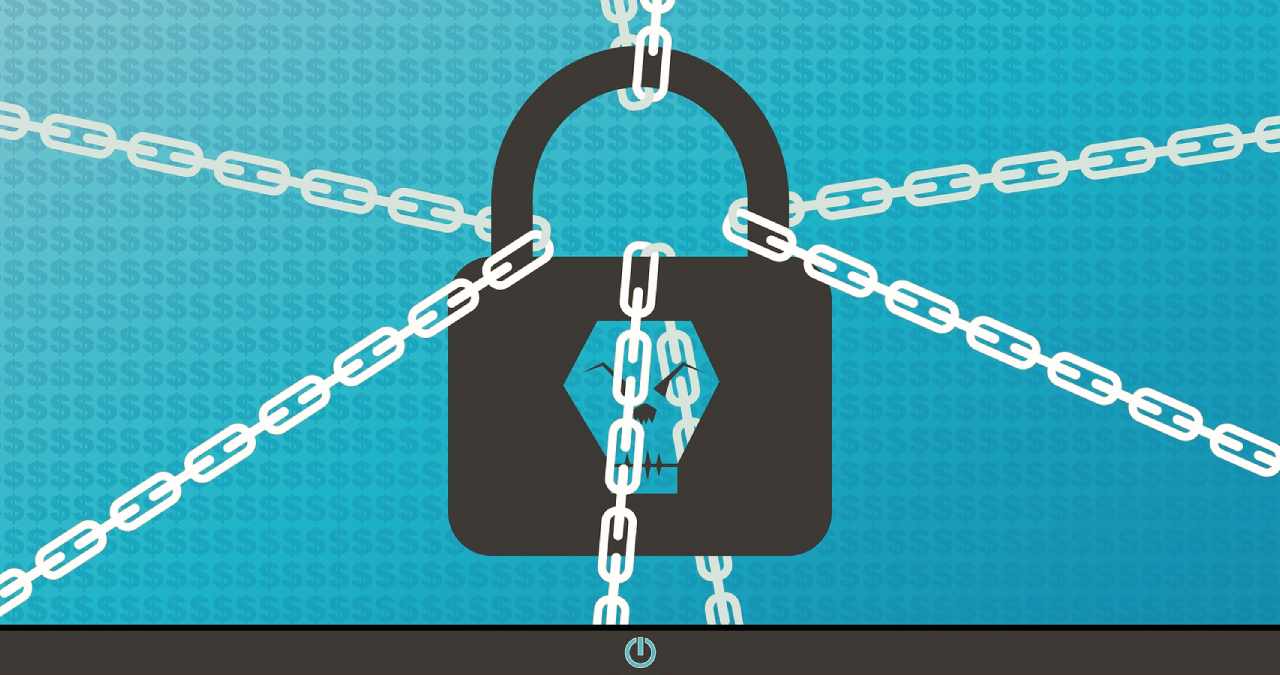Unfortunately, the Covid-19 pandemic has been accompanied by an exponential increase in cyber attacks on companies and citizens. In this post, we reflect on which cybersecurity strategy to follow in 2021. What is becoming increasingly clear is that cybercriminals are shooting at all sites. No organization is safe.
So much so that, recently, the press reported a cyber attack on a cannabis club. It would be a bit of a laugh if it weren’t for the fact that you soon fall into the criticality of the data stored by that type of association. And it is that all organizations, whatever they do, have stored data likely to attract hackers, specialists, extorting money and extorting money in multiple ways.
Table of Contents
The Importance Of Deploying A Cybersecurity Layer In Its Projects
The pandemic has forced most companies to reset themselves to have the most negligible impact on their business. Establishing the technological infrastructure necessary for teleworking has taken most of their efforts. To this is added, a review of the processes to adapt them to the new reality and reduce costs as much as possible.
The consequence of this is that a vital aspect in recent years, such as cybersecurity, has been somewhat neglected, especially in sectors such as health and education, which are the ones that have focused the most on solving their deficiencies to face the new demands. Precisely these two areas, together with the traditional financial one, are the ones that have suffered a more significant number of cyberattacks.
The Risks Of Teleworking For Business Security
Teleworking opens up numerous vulnerabilities if your technological deployment is not well done. The rush has led to misconfigurations that are a drain for cyberattacks. The WAN networks, using environments multi-cloud, using very different mobile devices using Wi-Fi mainly, the proliferation of VPN networks, are inherent to work in remote and modernization of enterprise IT infrastructure. These circumstances, along with the deployment of IoT data, are expanding the corporate perimeter almost limitlessly. A traditional perimeter protection approach is now outdated and risky.
Double Extortion Ransomware, Leading Top Cyberthreats For 2021
The cyberattack trends in 2021 drink from what has happened in 2020 and are its continuation only to grow in quantity and diversity of objectives. Among these, the double extortion Ransomware stands out. This attack begins with the theft of information before encrypting a computer and requesting a ransom. As a pressure, some stolen data is being published on the ‘Dark Web. The most common way of stealing information related to ransomware is the carelessness of end-users when using their email, responding to phishing emails, or accessing websites with malware, which are increasingly being circulated by armies of botnets, such as the famous Emoted.
Added to this is vishing. What is vishing? In the business sphere, it is limited to telephone calls received by teleworking employees in which they impersonate company executives who request confidential information from them. The hyper connectivity brought by 5G and the IoT open new ‘highways’ for cybercriminals who always have their sights set on the continuous increase in mobile devices both by end-users and in an automated way in multiple gadgets, cameras, sensors.
Keys To Deploying An Effective Cybersecurity Strategy
With this landscape, protecting cloud environments, networks, and applications is vital so that critical information does not reach the hands of cybercriminals. It is essential to prevent a cyber attack from spreading throughout the company’s infrastructure. To achieve this, it is vital to educate end-users of corporate technologies by asking them for full responsibility in their actions. The enterprise IT architecture must also be audited for vulnerabilities and systems patched and updated.
In this analysis of the IT infrastructure, it is essential to update passwords and deploy profiles with specific authorizations to access systems and data, accompanied by monitoring mobile devices with MDM (Mobile Devices Management) solutions. But given the sophistication of current cyberattacks, it is practically essential to deploy automated prevention solutions based on Artificial Intelligence and Machine Learning. The solutions IA and ML allow current practices ahead of cyber-attacks thanks to information gathered earlier about their modus operandi.
Fortunately, market research shows that cybersecurity budgets are increasing in companies. Contingency plans should always be included in these strategies as a critical piece of security. Since, if necessary, having an effective Backup and Disaster Recovery plan is the best protection against a cyberattack.
